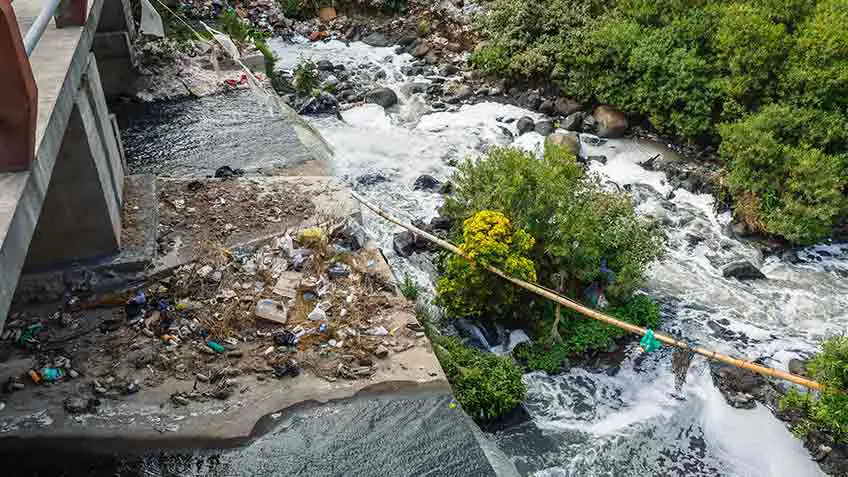Have you ever thought about the waste you produce every day? Where does it go after the trash collector collects it from your place? It is brought to landfills! The waste that we produce is treated in two ways, and the most common used by the authority is burial.
When these piles of trash go into the land, they affect our environment in numerous ways and lead us to multiple environmental issues. So how do landfills contribute to global warming? In a broader sense landfill increases the overall pollution. Moreover, groundwater and soil are also affected by these landfills. About 2/3 of waste in landfills contains biodegradable organic materials from businesses, industries and homes. As this material decomposes, methane gas is released; as a potent greenhouse gas, methane traps up to 20 times more heat in the atmosphere compared to Co2. To gradually comprehend the effects, we need to unlock the reasons these landfills incorporate into global warming.
How Do Landfills Contribute To Global Warming
Landfill gas (LFG) is a direct result of the deterioration of natural material in landfills. LFG comprises approximately 50% methane (the essential part of flammable gas), 50% carbon dioxide (CO2), and a limited quantity of non-methane natural mixtures. Methane is considered a potent greenhouse gas more viable than CO2 when trapping heat in the air. Therefore, the methane emission through landfills is devastating for the plants, animals, and humans themselves.
The Emission Of Methane From Landfills
As previously mentioned, landfill releases greenhouse gases such as methane and is non-beneficial to the earth’s deteriorating atmosphere. In general global warming will produce abnormal natural phenomena that will impact the world negatively. The methane emission through the landfill increases the overall temperature as it absorbs heat more than the Co2 in the atmosphere. According to the study published in 2002, the emission of greenhouse gases from landfills has become the highest in America, Europe, and Australia.
Food Waste & Climate Change
The food waste contains most of the garbage that we landfill. According to the latest study of APA, the food contribution to the landfill is more than any other material, making climate change worse. Just like any other potent agent, food waste doubles the methane production in landfills. But the question here arises where is all this food coming from? Well, unfortunately, this food waste is mostly coming from our homes! In wealthy countries like the United States’ consumers tend to buy too much food and then have to throw it out when it turns bad.
After homes, food is also wasted at grocery stores, supermarkets, and food stores. The reason behind this waste seems to have been business decisions. The idea of stock shelves motivates customers to buy more. Even when supermarkets can’t sell everything they order or even as a customer, we only like pretty produce such blemishes or weird shapes will get fruits and vegetables thrown out even when they are still good to eat. France is the only country where it is illegal to waste edible food; hence, it comes first in the food sustainability index.
Turn Landfill Into Reusable Energy Resources
Rather than getting away into the air, LFG can be saved, changed over, and utilized as an environmentally friendly power asset. Using LFG assists with decreasing smells and different risks related to LFG outflows keeps methane from moving into the environment, and adds to exhaust clouds and worldwide environmental change. Furthermore, LFG energy projects produce income and make occupations locally and become familiar with the advantages of utilizing LFG.
Methane production occurs in landfills when natural matters disintegrate, such as decaying the protein part. The anaerobic response occurs, and the Ammonia, Sulfide gas discharges, in this way it joins with carbon dioxide to produce methane gas. Considering Europe alone, the landfill can produce 94 billion cubic meters of methane every year.
Wrap Up
Do you know that the amount of food that we waste around the globe could solve the world’s hunger problem nearly twice until we figure out how to build up the will to do it? While saving food or preventing it from getting wasted, food-safe humanity from the problem of hunger, but we would also secure our world from global warming.


